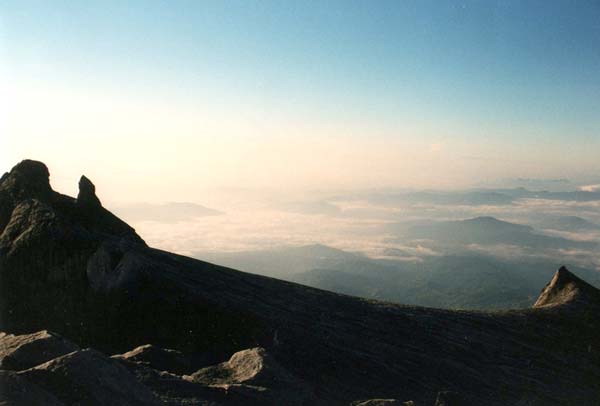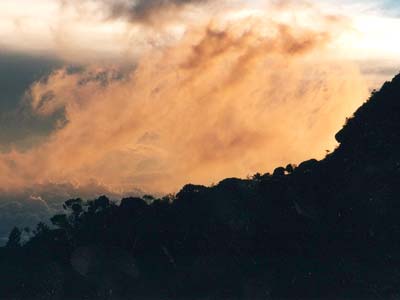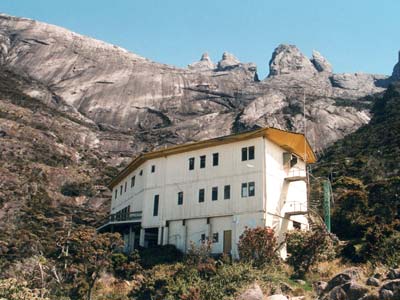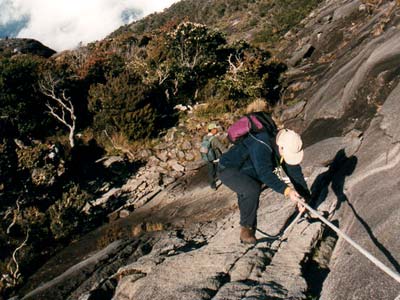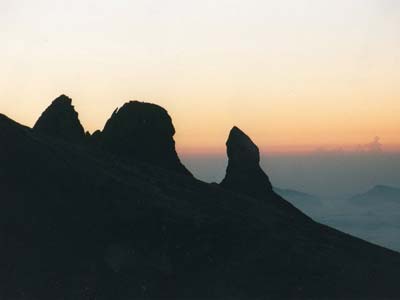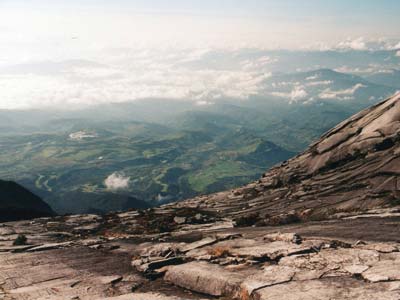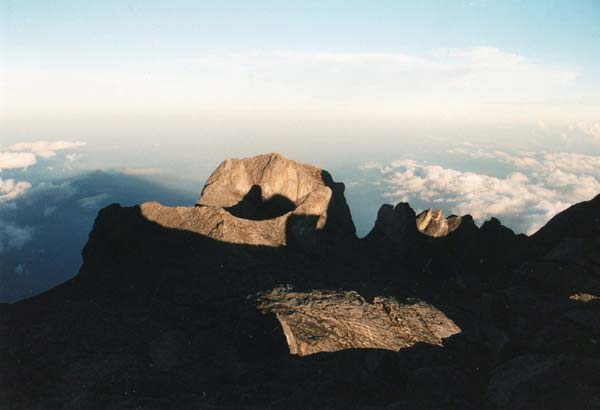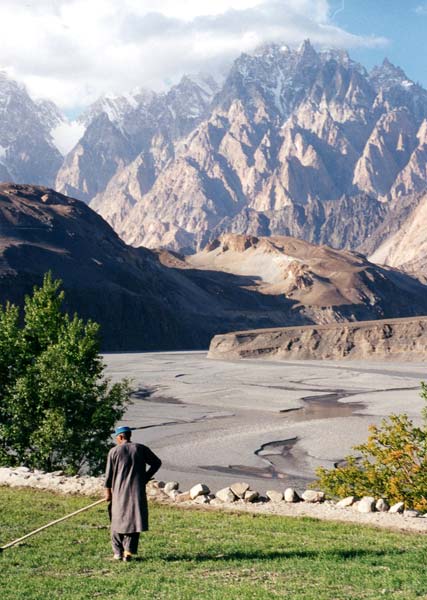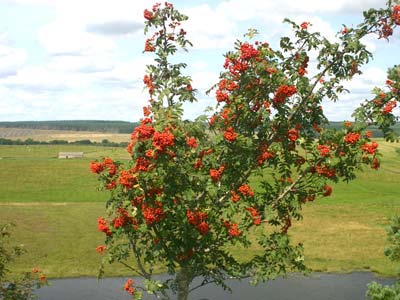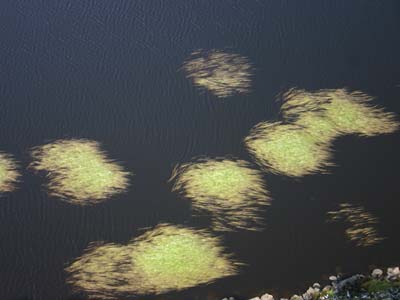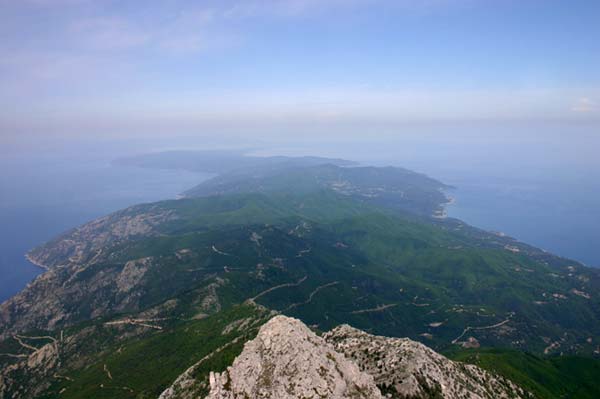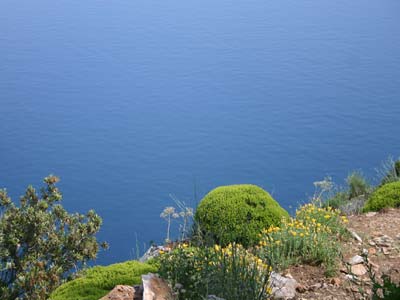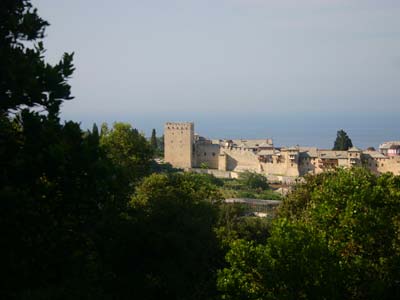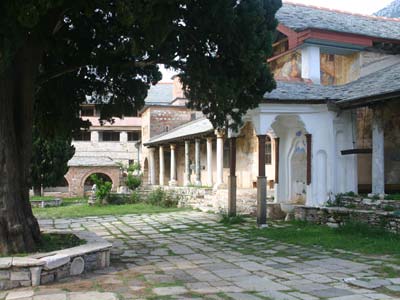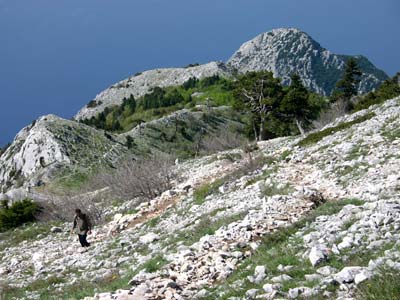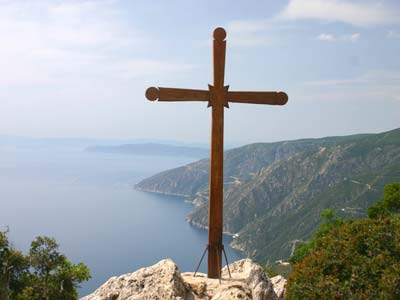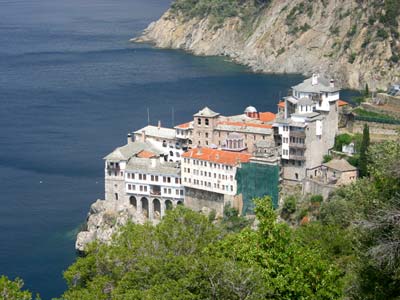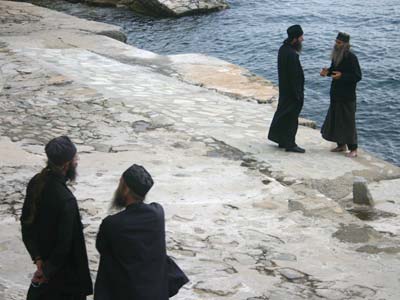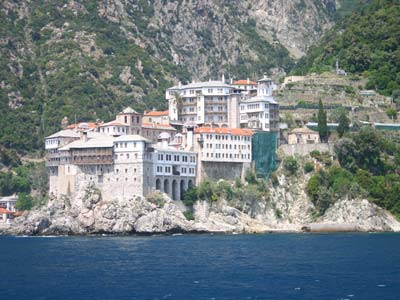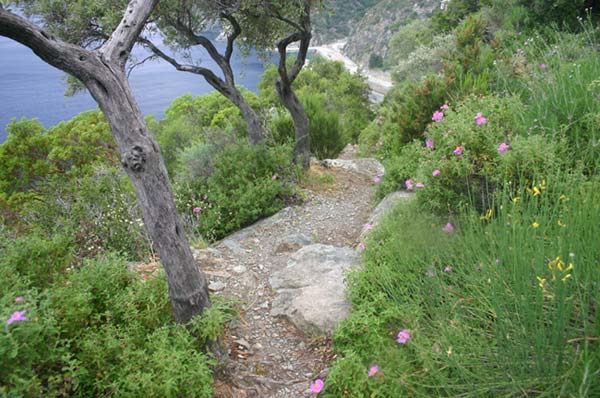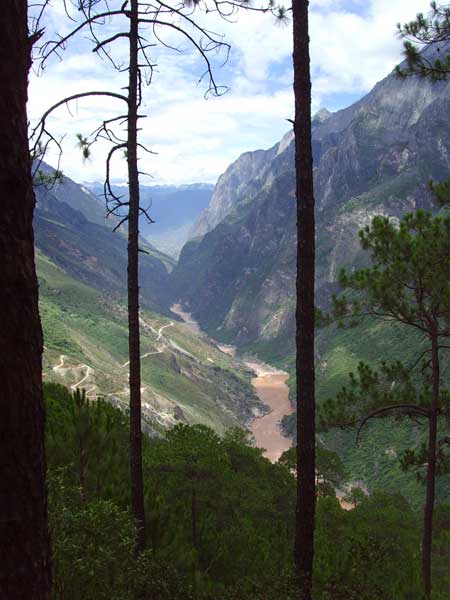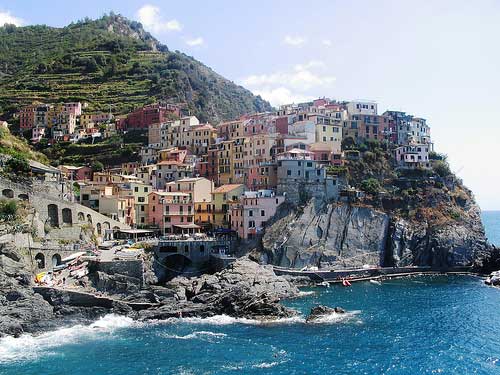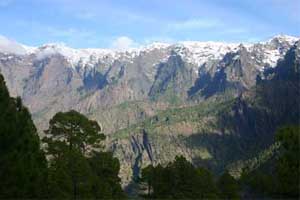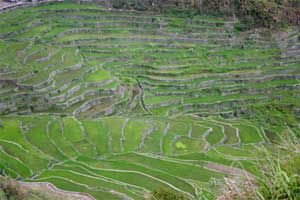Walkopedia favourite: Hadrian’s Wall, UK
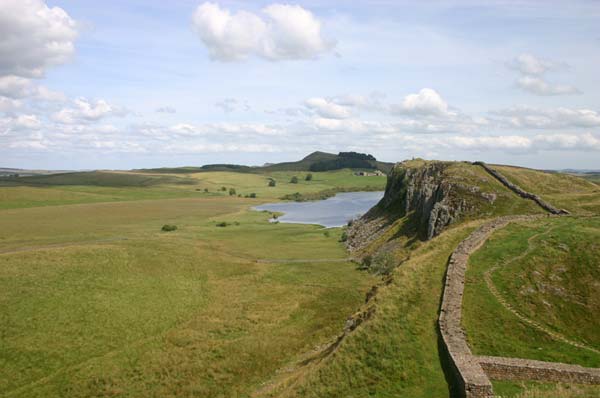 |
A classic view, Highshields Crag |
It is hard to filter the information and images that well up when you try to explain
Hadrian’s Wall’s fascination. It is one of Walkopedia's highest-ranking walks. Where to start?
Roman Britain's northern frontier had long been troublesome, with constant low-level fighting with the barbarian Picts to the north. By 122AD, the Empire was close to overstretch and the emperor Hadrian decided to withdraw from the Antonine Wall in the Scottish lowlands, building a strong permanent frontier along the hills and crags to the north of the Tyne valley. The wall ran for some 76 miles between Newcastle and the Solway Firth, the majority of it stone some four meters (14 feet) high with deep vallums (ditches) on each side. It was, amazingly, completed within sixteen years (some say less).
There were mile castles every Roman mile and regular forts, such as Housteads and Chesters, along the wall, with big camps such as Vindolanda a few miles behind.
The wall is in very mixed condition: some stretches, for instance Housteads to Steel Rigg, are in fantastic condition (actually, restored in the nineteenth century) and are deeply evocative. Other sections are almost invisible.
The wall survived well for some 1,000 years, 700 of them after its abandonment by the Romans, but was then pillaged for building materials until the twentieth century. The antiquarian John Claydon, who lived in the area, effectively saved much of what is left. In 1987, a central section – from Housteads to Chesters – became a World Heritage Site.
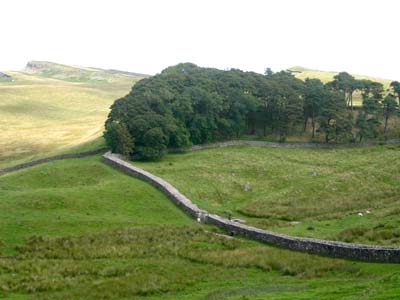 |
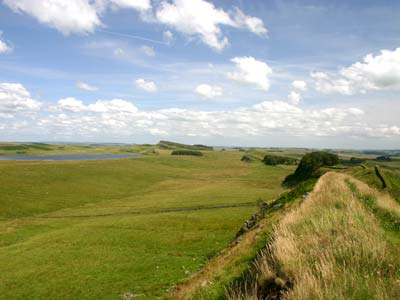 |
|
Toward Housteads from Hotbank Crags
|
The wall runs through magnificent scenery in many places, snaking along a series of volcanic rock ridges with extensive views across hill farms, moorland and lakes. The combination of extraordinary history and great natural beauty makes for thrilling, inspirational walking on the best sections.
Here are our notes on walking from the fort at Housteads westward along the high ridges to the road at Steel Rigg, possibly the best known and most walked section, but splendid nonetheless. While its scenery may not match the Himalayan, and it was a bit overpopulated the day I was there, it was captivating: gorgeous, wide views out from abrupt cliff-faces over the high farmland, moors and small lakes to the north and across the Tyne valley to the Pennine hills to the south; and an area redolent of extreme history.
The wall was brilliantly sited here, marching along a series of ridges, known as Whin Sill, the result of a hard igneous dolerite sheet having pushed up through the area's predominant limestone. These ridges break up into cliffs and tough slopes to the north, and you can see why the defensive line was moved northward here from the gentler banks of the Tyne.
Beginning at the sprawling remains of the Housteads fort, and a sandwich munched on the wall, gazing northward to the land of the Pictish barbarians, I struck westward, along the only section of wall you are allowed to walk on, in pine and beech woodland above sheer cliffs to the north. While there is now doubt about whether the wall was regularly patrolled, there is an intense connectedness about striding along the actual wall, overlooking the rough hill farms to the north through sturdy pine trunks.
Shortly after the wood’s end, I was inspecting Milecastle 37, with its broken arch framing a fine view to the north. This is a gorgeous stretch, snaking along Hotbank Crags, dropping in and out of steep little notches. The wall is particularly charming and fascinating here, its even sides and grassy top evidence of their reconstruction under John Clayton in the 19th Century. Ersatz they may be, but they speak vividly of how the wall must have been.
At the end of these crags is the famous Crag Lough, huddled below the dramatic Highshields Crags to its south, with the wall receding along precipitous ridges to the western skyline. Down toward the lake are the banked remains of Milecastle 38 and a fine stretch of the vallum (great defensive ditch) that ran parallel to the wall on its north side.
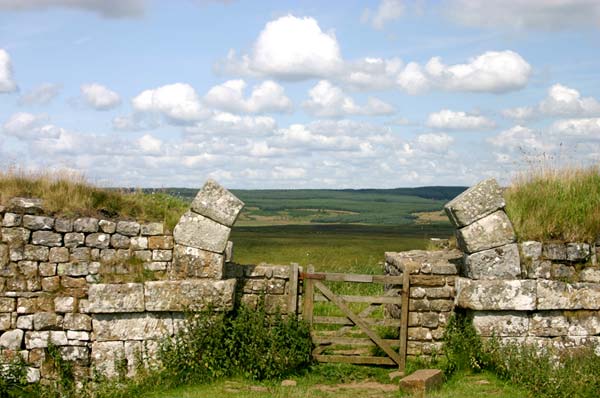 |
Through milecastle gate |
The mixed woodland and then open rocks above Highshields Crags are particularly memorable, with their views over the lough a couple of hundred sheer feet below. The rowans were bursting with the brightest red berries – almost a Platonic ideal of redness - when I was there.
Beyond Highshields, the wall drops to one of Britain’s more remarkable trees, a magnificent sycamore that seems to touch both sides of the steep little notch that is Sycamore Gap. It was apparently made famous in a film I never saw.
After a steep pant back onto the ridge, you wind around the cliff face, passing the remnants of another milecastle and enjoying perhaps the walk’s most famous view, back toward Crag Lough beneath the obdurate mass of the Highshield Crag.
Then a very steep dip indeed – how they managed to build (and operate) the wall in this terrain is sharply reminiscent of the outlandishly confident construction of the wall’s great counterpart, the Great Wall of China.
One more hillside – a steady trudge up close-cropped sward for a change – gets you to the roadhead at Steel Rigg.
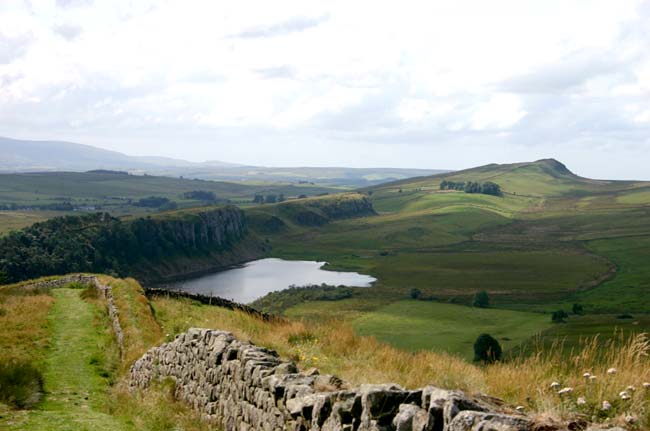 |
Crag Lough from the east |
|



